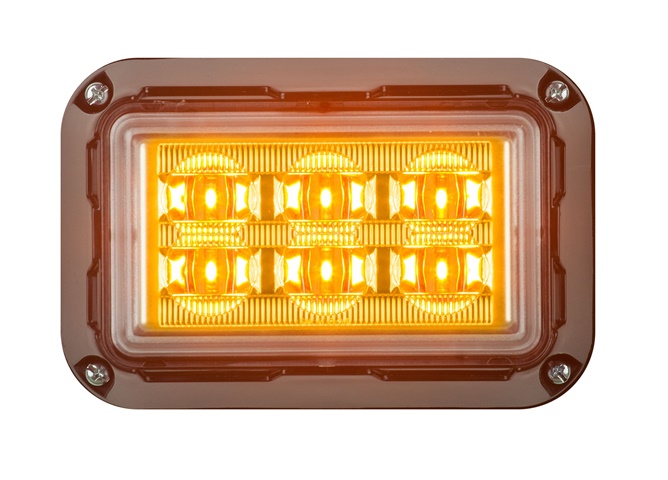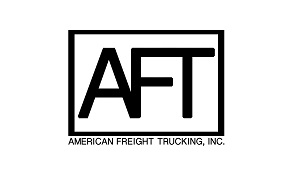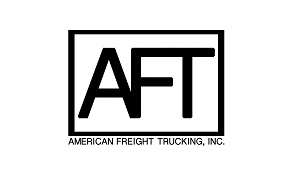Optronics Offers New Line of LED Directional Warning Lights

Optronics International's line of LED Directional Warning Lights feature nine white and amber directional warning lamps designed for flexibility and durability.
The lamps meet SAE J845 Class II standards for use on work trucks, maintenance and service vehicles and to warn of traffic hazards such as lane blockage or slow-moving vehicles. They are also IP67 rated for use in hot, wet and dusty environments.
The lamps each feature 12 sync-capable flash patterns. Flash patterns include random, steady, single, mega, double, triple, quad, quint, 8-flash, single-quad, single high/low and single-triple-quint. The nine models include surface-mounting and recessed mounting solutions, as well as a light bar design with an aluminum housing.
The lamps all feature polycarbonate lenses that are sonically welded and watertight. The lamps are highly resistant to water and particulate ingress. The lamps employ a solid-state, surface-mount device design that guards electronic components against moisture, shock and vibration.
Follow @HDTrucking on Twitter
...Read the rest of this story






